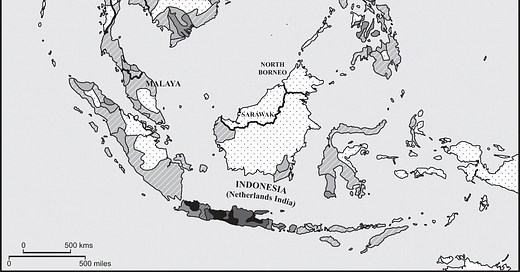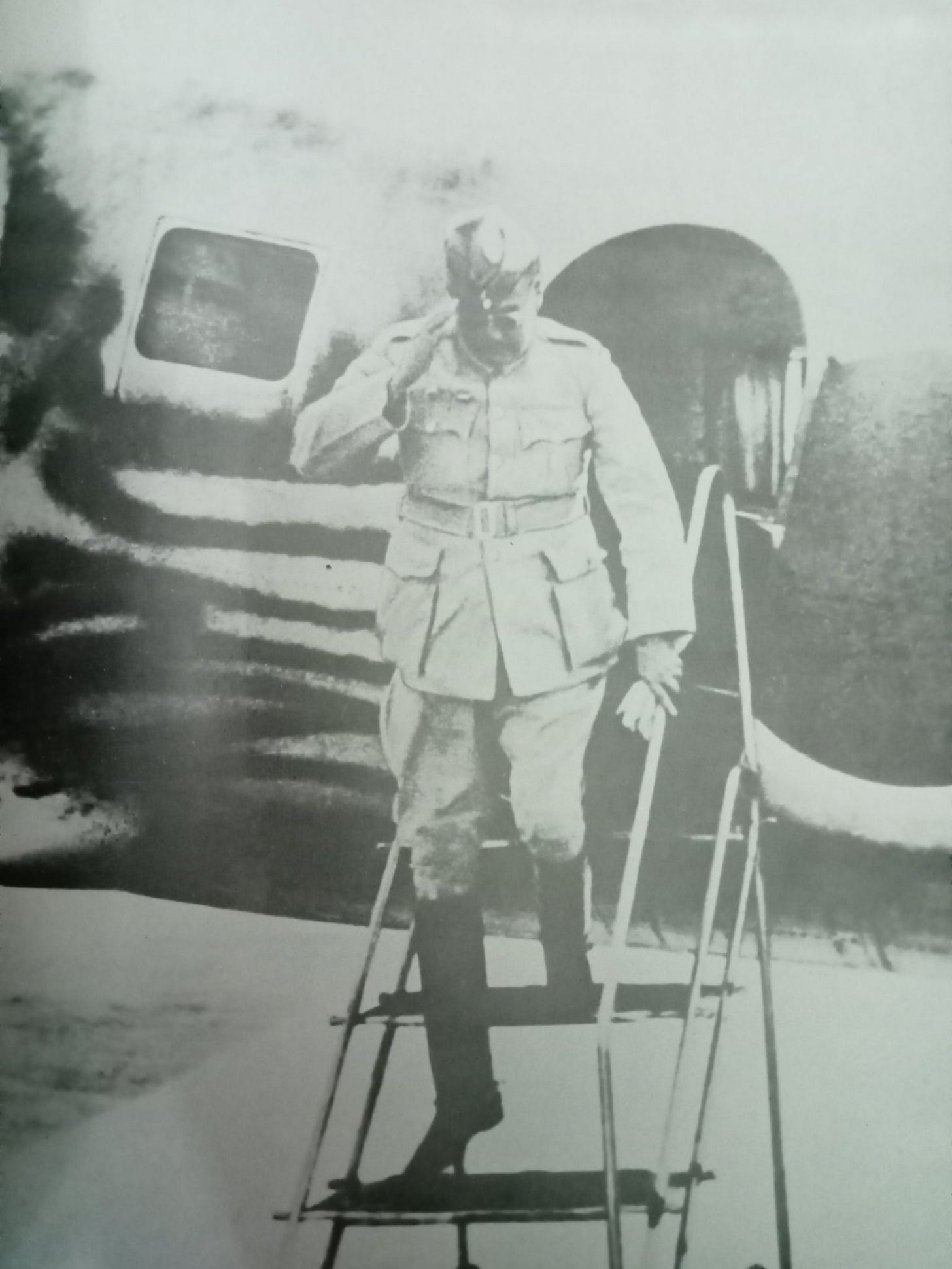The End of World War Two and Asian Reemergence
Asian countries emerged from colonialism, progressing economically and redrawing political boundaries. The end of the Second World War triggered many changes in Asia. A quick recap.
India and Pakistan
The British departure from India in 1947, leading to the division of the country into India and Pakistan, was a monumental event that has since evolved into the three distinct nations of India, Pakistan, and Bangladesh.
China
After Japan had given up Manchuria, which it had occupied in World War II, the Civil War in China forced the Chiang Kai Shek government to move to Formosa, where it retained the old name Republic of China. The Communist Army of Mao Zedong declared the People's Republic of China in 1949.
Burma
Now known as Myanmar, it went from being under the Japanese to an independent, Japan-supported government in 1945. After the war, it reverted to being a British Colony and finally gained Independence in 1948.
Thailand
After supporting the Japanese in World War II, Thailand reverted to political neutrality and retained the Monarch as the head of Government.
French Indochina
During World War II, the Vichy Government gave Japan free access to these areas. 1953 Cambodia, Laos, and Vietnam declared their Independence, followed by Cambodia in 1954, thus creating these three independent countries.
Malaya (Now Malaysia)
In World War Two, the Japanese occupied Malaya, which reverted to British control after Japan's surrender. After experiencing political instability, Malaya became independent in 1957, and in 1965, Singapore was formed as a separate country.
Indonesia
Japan ended Dutch rule during World War Two. The Dutch tried to regain it, but a nationalist leader declared Independence, and after an armed and political struggle, they had to withdraw. Thus, it became an independent country in 1945.
Philippines
Spanish rule gave way to the United States in the 19th Century, and the US attempted to provide it with complete Independence, but it had not yet worked out when Japan occupied it in World War Two. After Japan's occupation ended in 1946, it became a republic with the support of General MacArthur.
Japan
General MacArthur’s diplomatic and visionary approach helped Imperial Japan emerge as a fully democratic country while remaining a Monarchy. The transition from an Imperial power with the occupation of several countries and defeat after the atomic bomb explosions in two cities to an economic powerhouse is owed to the careful and well-implemented policies of that period.
Australia and New Zealand
Both remained under British influence as self-governing countries, and the British Monarch remained the head of the state
.
Pic courtesy :Cambridge University Press.
.Significant events of the period:
The great Indian leader Netaji Subhas Chandra Bose was last seen officially on August 17th, 1945, when he reached Saigon from Singapore.This is his last known photograph,
India and Pakistan became dominions of the British Empire on August 15th and 14th, respectively, under the British Monarch
Pic Courtesy: Indian History Pics.





